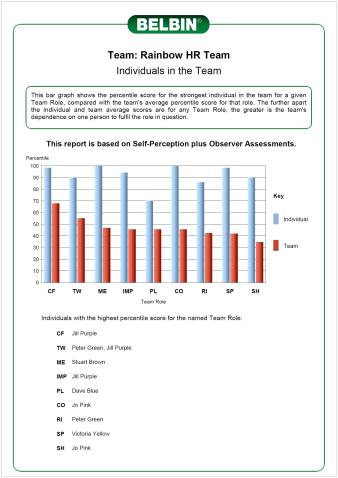On the face of it, Germany didn’t have the best start to Sunday night’s World Cup final.
The misfortune of losing key midfielder Sami Khedira minutes before kick-off was compounded by a blow to the head which saw off his replacement, Christoph Kramer well before half-time. So how did they go on to win? And why couldn’t other teams bounce back from injury in the same way?
That old chestnut – no ‘I’ in team
When injury counted out Neymar – the striker on whom Brazil’s hopes rested – the host nation crashed out of the World Cup, making headlines everywhere. On a less dramatic note, Argentina’s Lionel Messi had a quiet tournament. He showed flashes of brilliance, but arguably failed to live up to his star billing.
By contrast, Germany’s strategy was all about the team. Each individual had their role to play, but none was irreplaceable, no-one was a talisman on whom hopes of success were pinned.
As well as reducing pressure on each individual, a team-based strategy increases the likelihood of success by ensuring that changes in circumstance do not catch the team unawares and cause morale to nose-dive.
How do you spread the load?
The Belbin Team/Group report gives you a panoramic view of your team. The report page Individuals in the Team names and plots the highest-scoring individual for each Team Role alongside the group’s average for the role. Where there is a large gap, this could indicate that you’re relying on one person (a Team Role “star”) to carry the load for the team. In other words, it highlights who you’re leaning on… and how heavily.
Over to you to decide whether this risk is acceptable to the team and how to manage the potential Team Role “gap”. As well as enabling the team to function more effectively in the absence of a particular team member, this information is useful for succession planning in the longer term.
Next steps
Build yourself a winning team… have a look at our Belbin Team Reports, and see how you could use them.






